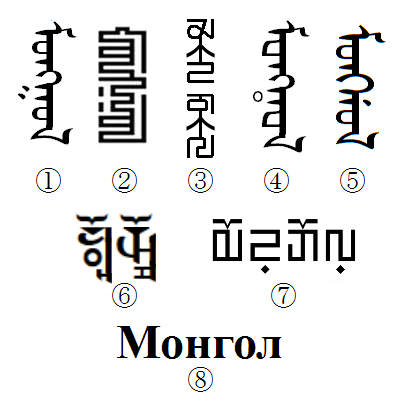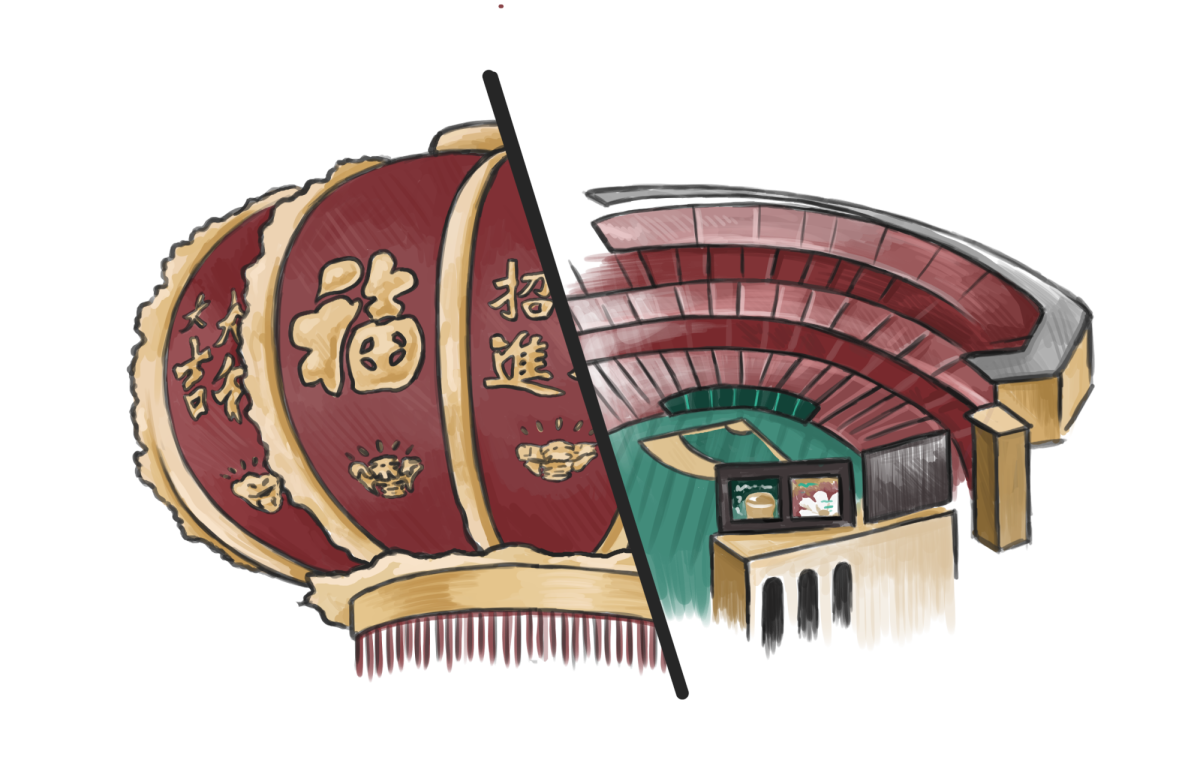5. Arabic
Starting off my list as the least difficult of the most difficult languages ever is Arabic. A Semitic language that originated in the first millennium B.C.E., it has since become one of the most commonly spoken in the world. Arabic (and related languages such as Farsi and Urdu) is hard for native English speakers to learn for many reasons; first of all, it’s written from right to left. Adding on to this novelty is the fact that Arabic letters can change shape based on where in a word they are and the letters they are next to. Consider the Arabic letter “ك”, which makes a “k” sound. This is its original form, as well as the form it takes when it is the last letter of a word. However, when it is at the beginning of a word (ie “كبير”) it takes on an entirely different appearance. Furthermore, Arabic does not have letters for short vowel sounds; instead, it relies on short diacritical markings known as tashkil. However, the rules for how tashkil should be used have changed throughout history. Even nowadays, tashkil are mainly used in children’s books, and one is often left guessing at what sounds should go between consonants. This has often caused disagreements in the past on how certain things should be pronounced, from poems to passages in the Quran. These differences are intensified by the presence of numerous dialects of Arabic stretching from Morocco in northwestern Africa to Iraq in the Middle East.
4. Polish
Polish is well known for being bewildering. In fact, according to Culture.pl, there is a Russian verb (“pshekat”) that refers to Poles speaking their language. One of the most striking features of its written text is its complex consonant arrangements. Polish words regularly feature clusters of three, four or even five consonants at a time. Consider the famous Polish tongue twister: “W Szczebrzeszynie chrząszcz brzmi w trzcinie” (“In Szczebrzeszyn, a beetle buzzes in the reed.”)
I rest my case.
3. Chinese
Mandarin Chinese has no alphabet. Unlike languages like English, Polish, Arabic or even Korean, Mandarin does not have phonetic symbols. Mandarin is a logographic script, meaning that it uses symbols (characters) to represent words instead of sounds. For example, the characters “师” (“master”), “诗” (“poem”), “尸” (“corpse”) and “失” (“lose”) are all pronounced the exact same way (shī) and yet there is no part of any of the characters that we can simply point to and say “this is what makes it start with a ‘sh’ sound”. There is no way to know how a character’s sound except to simply memorize it. (Consider also that there are many other Sinitic dialects spoken in China, many of whom pronounce the same words very differently.) In reverse, this also means that if you don’t remember exactly how a character is written, you can’t just “sound it out” and hope for the best. Taking into consideration that Mandarin Chinese consists of 5,000 commonly used characters and more than 100,000 total, well, have fun.
Mandarin Chinese is also infamous for its intonations and pronunciations. In Mandarin, each vowel grouping can have four possible tones, which can be difficult for most English-speakers to master.
The one upside to Mandarin Chinese is its simple grammar. While many other languages have verb conjugations (i.e. I eat, he eats), Mandarin Chinese does not. So there’s that, I guess.
2. Mongolian

Mongolian is an interesting language, to say the least. First of all, Mongolian uses no less than eight different scripts. Most of these scripts run not only from right to left, but are also written from top to bottom, completely breaking most website interfaces. The most English-like of these is a Cyrillic alphabet introduced in 1946, but even this would be completely unfamiliar with most native English-speakers. Finally, Mongolian uses a Turkic grammar system that would be completely foreign to most Americans.
1. Navajo
Topping off our list as possibly one of the most difficult languages of all time is Navajo. Famous for its usage as a code language during World War II, Navajo is notorious for its tonality, complex grammar, concept of animacy and other aspects. According to Big Think, Navajo has more than 33 consonants and 12 vowels, many of which represent sounds unknown to most other languages. While Navajo is also known for its intricate conjugations, even more bewildering is its concept of animacy, where nouns are ranked from “animate” to “inanimate.” “Speakers” (humans) come before “callers” (plants and animals), which come before abstractions. Animacy can influence spelling as well as a noun’s position in a sentence. However, one of the most difficult aspects of this language is that few speak it. Navajo is a dying language, and even within the tribe itself, many are unable to speak it fluently. Thus, unlike many other languages, it would be difficult to establish a community of Navajo-learners to practice/speak together.
Honorable Mention: Finnish
To explain why Finnish is a very difficult language, I believe it would be more efficient to simply show instead of tell. For our first exhibit, “twenty-first” in Finnish is spelled “kahdeskymmenesensimmäinen”. For our second exhibit, “kuusi palaa” is Finnish for “the spruce is on fire”. However, “kuusi palaa” is also Finnish for “the spruce returns”, as well as “the number six is on fire”, “the number six returns”, “six of them are on fire”, “your moon is on fire”, “your moon returns” and “six pieces”. Just imagine playing chess with a Finn, and his backyard suddenly catches on fire. As you try to tell him that his spruces are burning, he replies, “No, no, I distinctly remember that each side should have eight pawns”.
To explain why Finnish did not make my list of the top five most difficult languages for English-speakers, well, Polish.










Anna Michelle • Jun 9, 2024 at 12:24 pm
I can’t believe a high school sophomore wrote this. Frank, are a bad ass!!